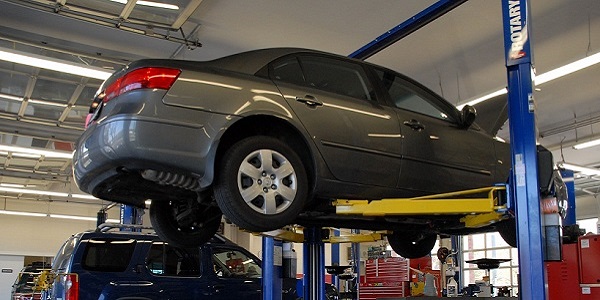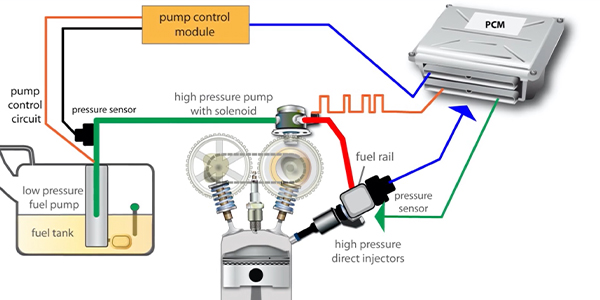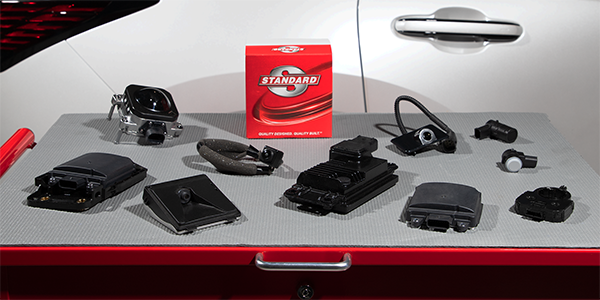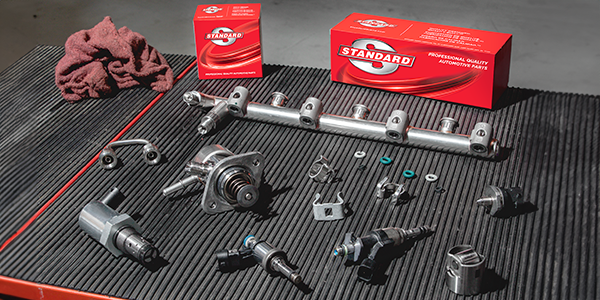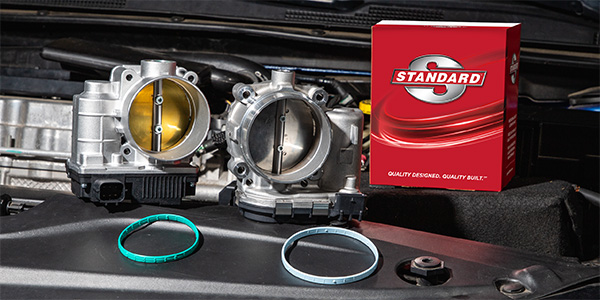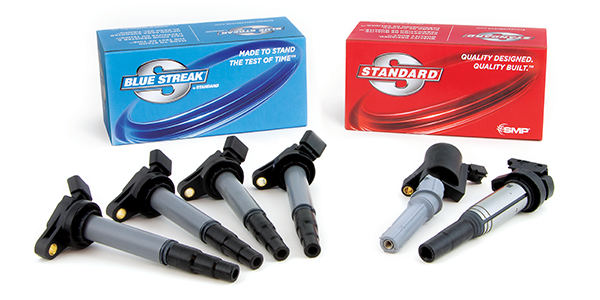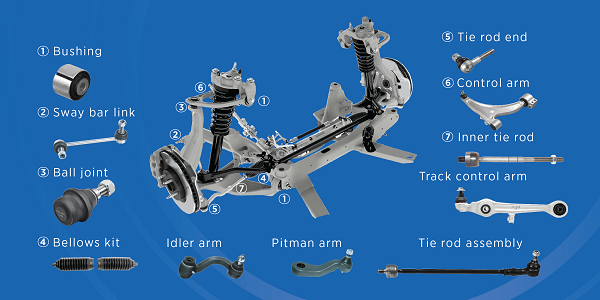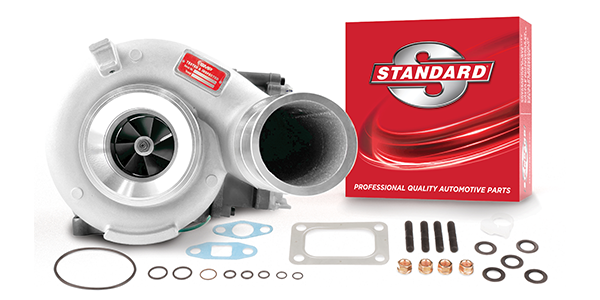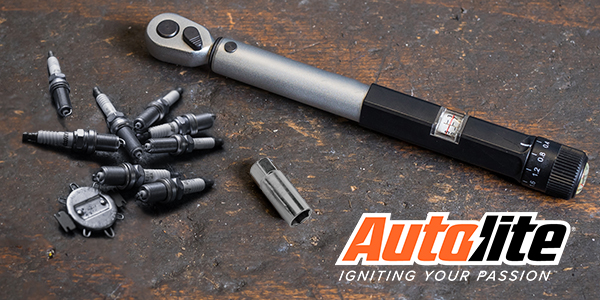Many car owners either don’t have the time or know-how to inspect regular maintenance items on their vehicle and determine what needs to be repaired or replaced. That’s why it’s important to check routine items every time a car is in the shop. Customers who learn that you care about the big and small repairs and maintenance will trust you as experts and stick with you for life.
Inspecting these twelve things every time will keep your customers safe and happy.
- Check the Coolant for Contamination and Leakage
Pull off the radiator cap, and look for an oil sheen on top of the coolant. This would indicate a leaking head gasket. If it’s been leaking for a while, you might see a brown sludge. If you see a pinkish tint or foam, the transmission fluid might be leaking into the coolant.
- Check the Oil Fill Cap
Look at the underside of the cap for a brown sludge, which would indicate a bad head gasket.
- Check The Dipstick
Check the dipstick for oil level. Many car owners never check the oil level. If the oil level is too high, a bad head gasket might be letting coolant leak into the oil. Any sludge on the dipstick might also mean a bad head gasket.
- Check the Transmission Fluid
Transmission fluid should be pinkish, even on higher mileage cars. If there is any foam, or the level is too high, suspect coolant contamination.
- Torn CV Boots
Obviously, a torn CV boot will eventually cause the CV joint to fail.
- Wheel Bearings
If you’ve got the car on a lift, check each wheel for wheel bearing issues.
- Worn Brake Pads
When the brake pads are down to 1/8 to 3/16 of an inch, they need to be replaced. Some customers put off replacing pads because they don’t realize that they can completely destroy their rotors if they wait too long.
- Worn Tires
Of course, most customers know about how worn their tires are. But you should still look for uneven wear, which might indicate an alignment problem. Cupping may indicate worn ball joints.
- Water Pump Weep Hole
Any coolant leakage from the weep hole means that the water pump doesn’t have long to live.
- Serpentine Belt
Check for slack tension and unusual wear.
- Burnt Out Brake Lights or Turn Signal Lights
It’s easy for a car owner to overlook burnt out brake lights or turn signal lights on the back of their car. And, since it is critical to their safety, most car owners will appreciate that you checked.
- Dirty Air Filter
If the air filter on a customer’s car is so dirty that you can’t see any light shine through it, they are probably way behind on other routine maintenance items.
This article is brought to you by: GMB North America, Inc.
For more information please visit: https://www.gmb.net/

